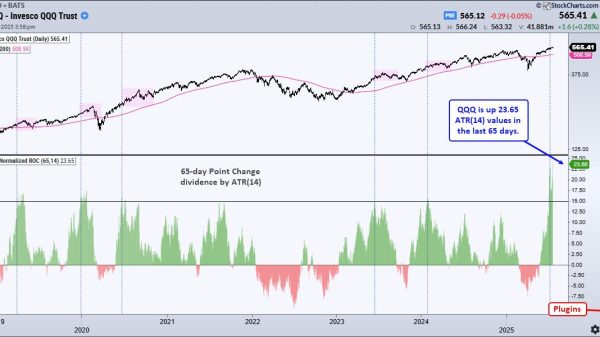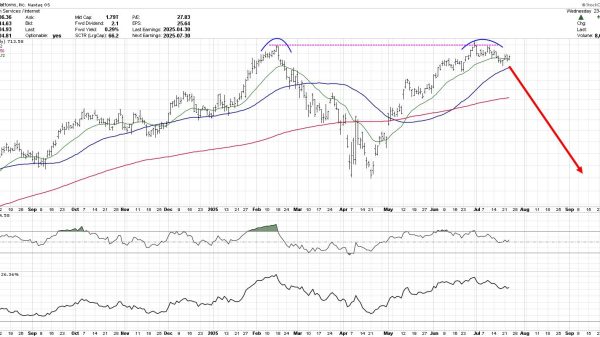The energy demands of crypto mining in the United States have rapidly increased over the past four years, according to a February 1 press release from the Environmental Impact Agency (EIA). The EIA has been working under strict directives from the White House to gauge the energy consumption of the crypto ecosystem.
The EIA stated in its report that annual electricity use for crypto mining has shot up from 0.6% to 2.3%. As a result, the agency announced its commitment to oversee and control the energy consumption associated with mining activities.
US Gets Serious About Tracking Crypto Mining Electricity Usage
The United States is taking a significant step toward monitoring and regulating the energy consumption of crypto mining activities. The Energy Information Administration (EIA), a US government agency overseeing…
— Jose Turner (@TurnerJose2424) February 1, 2024
While working on ascertaining its immediate and long-term impact, the EIA has identified 52 crypto-mining operations spread across the US crypto ecosystem so far.
Mapping the U.S. Crypto Mining Operations
The EIA grouped them according to their megawatts per hour (MWh) use, detailing that 32 commercial crypto miners use between 0 and 50 MWh, nine miners use 51 to 100 MWh, and five crypto-mining facilities use 101 to 200 MWh.
Further details show that five miners use 201 to 500 MWh while only one mining facility uses 500 MWh and above in the North American nation.
The EIA disclosed that the heightened energy consumption, specifically in Bitcoin mining, has attracted the attention of policymakers such as the Office of Management and Budget (OMB) and grid planners, prompting the need for regulatory intervention.
These stakeholders are concerned about the effects, costs, reliability, and emissions of mining resource-intensive digital assets like Bitcoin. In pursuit of this objective, the EIA affirmed the development of two dynamic approaches within its data-gathering campaign.
The first is a top-down approach, gathering data from the Cambridge Center for Alternative Finance (CCAF). The institution will give the agency first-hand information on the estimated global and national electricity use from crypto asset activities.
Meanwhile, the second approach, called bottom-up, will see the agency contact the 52 operational mining operations to learn the amount of electricity they typically use in their business operations.
Shift in Focus Toward Renewable Energy
Crypto mining operations came into the spotlight in 2019, two years after Bitcoin famously hit the $20,000 price tag. Since then, several decentralized mining operations have been set up across the globe.
China led the world in mining the proof-of-work (PoW) blockchain-based asset, however, with 50% of Bitcoin assets created in the region.
Government crackdown across the entire industry has shifted crypto mining operations to the US.
While a typical Bitcoin transaction requires a large amount of energy due to the network’s competitive outlay, the blockchain protocol’s energy use has been shifting in the last couple of years.
According to a post on X (formerly Twitter) by RR2 Capital, up to 54.6% of global Bitcoin mining operations are powered by renewable energy sources.
GM CryptoX
Top 10 #Bitcoin mining countries & renewable energy mix. pic.twitter.com/NhlSkoZpDu
— RR2Capital (@RR2Capital) January 28, 2024
Presenting a screenshot, RR2 Capital showed that 22.5% of mining operations in the US are conducted using renewable energy.
Source: X
However, this figure falls short compared to Iceland, which operates on 100% renewable energy, and Paraguay, which relies on 99.8% renewable energy sources.
The post EIA Begins Probe on Crypto Mining’s Energy Use Following White House Directive appeared first on Cryptonews.




























